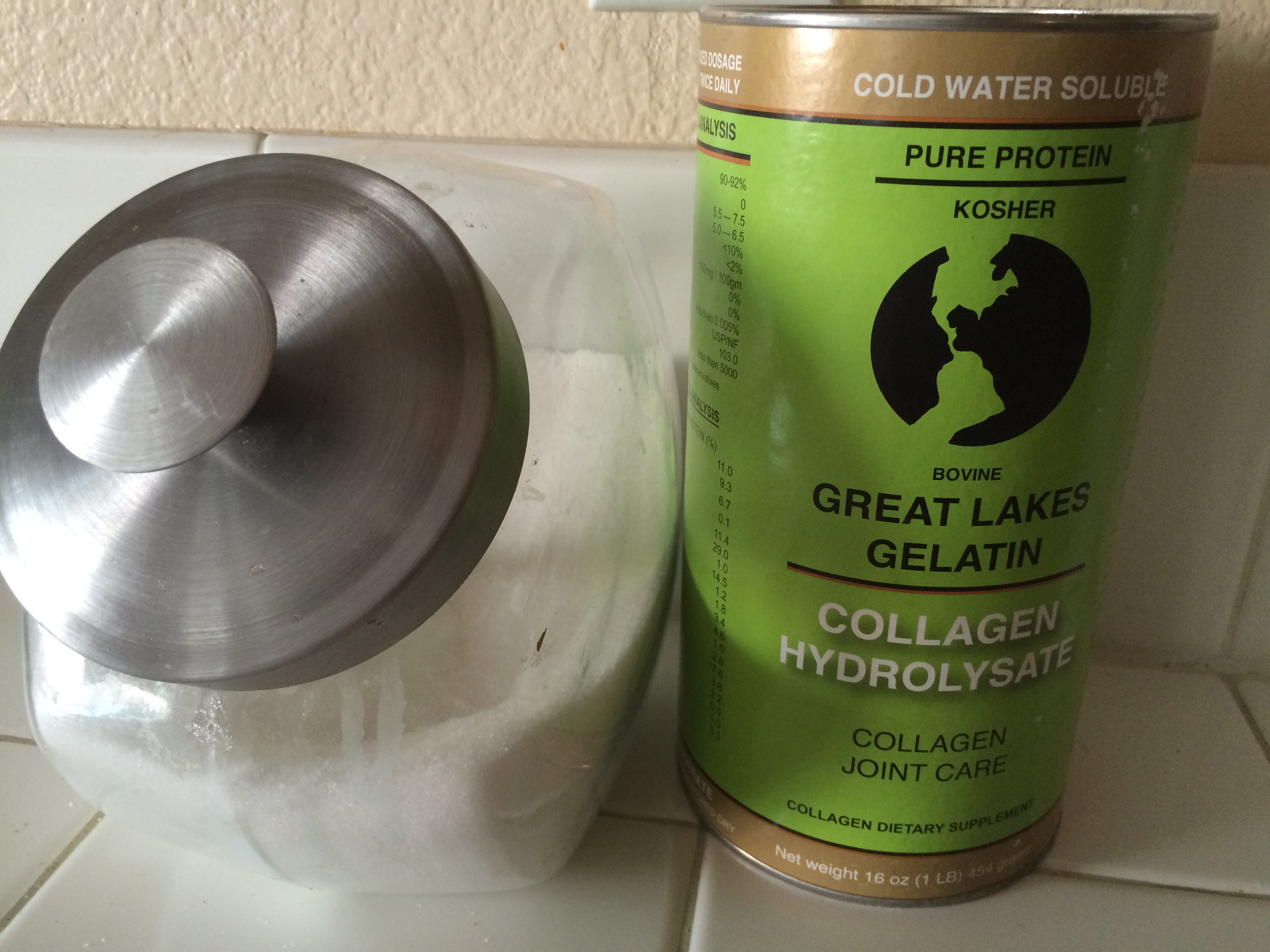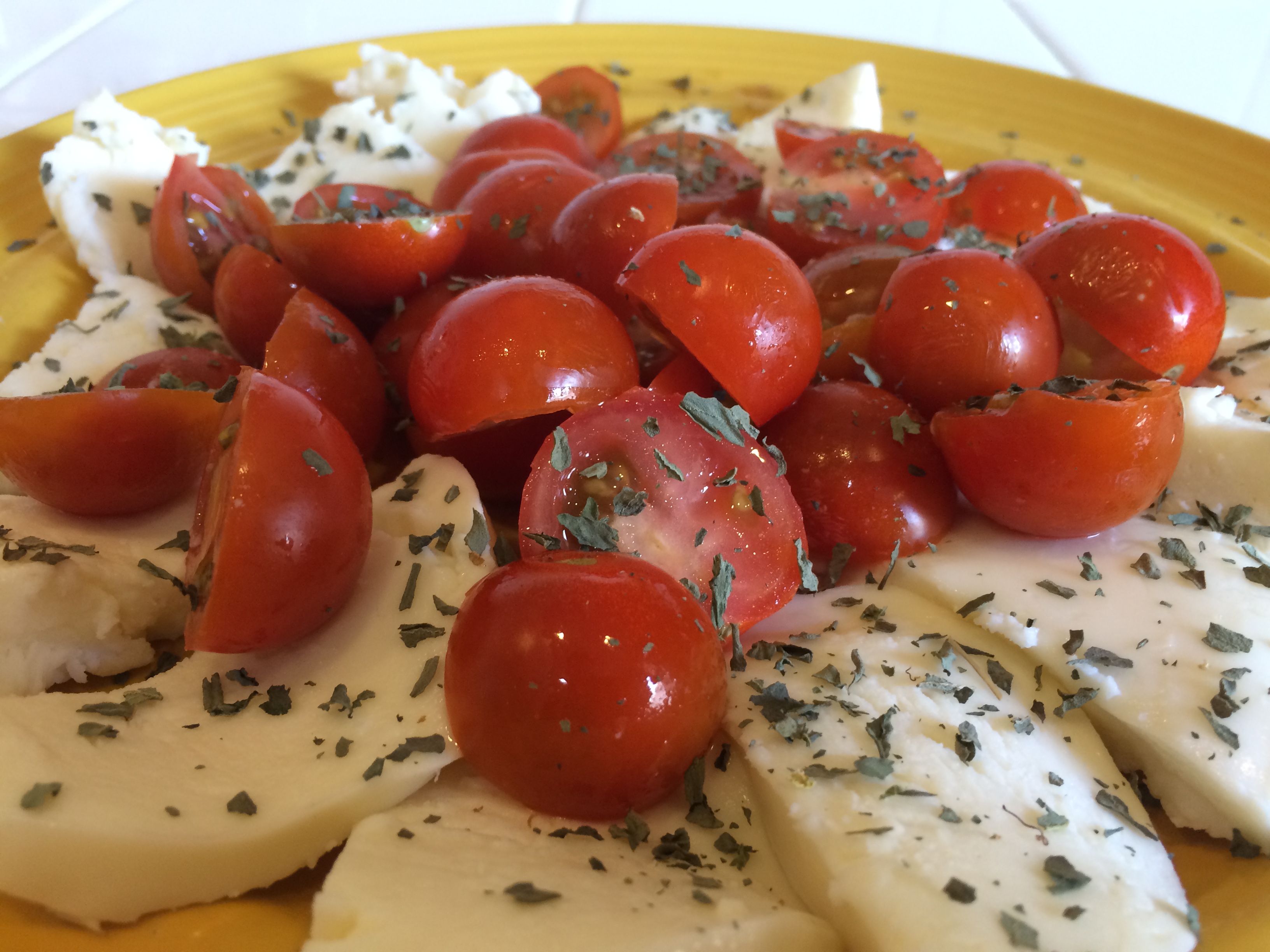The first question I get when it comes to nutrition is “What should I eat?”

Flank Steak, Potatoes, Roasted Vegetables.
 If you saw my latest post, “Let’s Take A Fitness Journey,” you know I have a big goal to win the World Handball Championships in 2017 here in Las Vegas. While on my quest, I’m documenting and sharing my process with all of you. That includes my training schedule, training programs, and diet. The food journaling will be coming soon as I’m in my first week, but until then I thought it would be a good idea to list some of my go-to foods and meals just to give you a starting point.
If you saw my latest post, “Let’s Take A Fitness Journey,” you know I have a big goal to win the World Handball Championships in 2017 here in Las Vegas. While on my quest, I’m documenting and sharing my process with all of you. That includes my training schedule, training programs, and diet. The food journaling will be coming soon as I’m in my first week, but until then I thought it would be a good idea to list some of my go-to foods and meals just to give you a starting point.
Let’s just get right into the list and then I’ll briefly discuss the thought process behind the combination of foods in meals, macronutrient ratios, and micronutrient concepts.
An off the top of my head list of foods I usually depend on for my everyday eats:
| Proteins | Fats | Sugars | (mo’ Sugars) |
| Lean Beef | Coconut Oil | Watermelon | Orange Juice |
| Eggs | Grassfed Butter | Applesauce | Cherries |
| Shrimp | Dairy | Cantaloupe | Cane Sugar Soda |
| Lamb | Whatever I get from meats | Honey Dew Melon | Table Sugar (usually just in coffee) |
| Collagen (Gelatin) | Apples | Small White Potatoes | |
| Milk/Icecream | Oranges | Various Cooked Veggies | |
| Cottage Cheese, Part Cheese, other cheeses | Grapes |

This is a short list. I do ad variety in the form of other red meats, shellfish, and tropical fruits/fruit juices when available. I also drink a lot of coffee. Coffee gets a bad rep, but if it’s consumed with ample amounts of milk and sugar then the “bad effects” of coffee are generally nonexistent for most people.
In terms of foods I try to avoid, if I have any bread it comes in the form of sourdough. I strictly avoid PUFA (polyunsaturated fats like nuts and seed) and refrain from eating super fibrous things like raw veggies and legumes.
I do eat veggies. They’re just usually cooked well with the exception of carrots which are the only veggies I eat raw. Raw carrots are like metabolic magic. Here’s a great little video by Danny Roddy on how to make a carrot salad: http://www.dannyroddy.com/weblog/raypeatdietcarrotsalad
When I’m this active I’m usually around 3000 calories a day or more, but we’ll discover where I really am once I post my food journal next week.
 I also try to eat as often as possible. I generally eat about 4 meals per day and eat fruit or sip on orange juice and milky coffee the times in between.
I also try to eat as often as possible. I generally eat about 4 meals per day and eat fruit or sip on orange juice and milky coffee the times in between.
My meals tend to be a ratio of approximately 2-3 times more sugar than protein and as little fat as possible. Again, we’ll explore this even more when I get the journaling done. It’s been a while since I’ve taken heart rate and body temperature before and after meals, and considering metabolism can fluctuate with stress levels, it’ll be necessary for me to get back in touch with my macro ratios.
Supplements
When I workout:
Creatine – This is a great supplement for immediate energy and building muscle mass. This supplement has truly lasted the test of time and has proved it’s value. It went through some tough times when Mark McGuire tried playing off his illegal steroid usage as “just creatine.” Everyone then related it to other steroids. There are rumors of blood in the urine as a result of supplementing creatine, but a person would have to take massive amounts to experience something like this or they’d already have to be dealing with other physiological issues unrelated to creatine usage. Either way, it’s always a good idea to check in with your physician, and monitor how you feel if you decide to take ANY supplement. I just take the recommended 5 grams per day during my workouts. I don’t necessarily cycle it or

Peter’s Workout Stack
BCAAs – Another old school supplement which increases protein synthesis. Coaches have been using this stuff for years with their athletes to help them regenerate muscle after training. The protocol that’s always worked for me is about 10grams per 40 lbs of body weight. So I take about 40-50g/workout.
Beta-Alanine – This supplement increases contractually ability making the strength gains a bit quicker along with increasing muscular endurance. This kicks and pre-workout supplement’s ass! I take 3 grams 3x/day. If you decide to start taking this one, just know some people are more sensitive to it than others so you may just need to start off with smaller amounts and build your way up to 10g/day. You know if you’ve taken to much if if makes your skin itchy.
Daily Supplements:
Vitamin K2 – My diet just isn’t very high in Vitamin K and therefor I supplement it to ensure the mobilization of all the calcium I consume daily. It also helps with male pattern balding.
Aspirin – I take a daily dose of pure aspirin powder. The benefits are countless. Dr. Ray Peat discusses the many benefits of aspirin in detail on his web blog RayPeat.com.
Collagen Powder – I try to add protein into my day by adding a tablespoon or two of collagen to my coffees. Collagen is high in mains acids that counter the inflammatory effect of eating too much muscle meat. One such amino is glycine. It aids in the healing of gut tissues and has a de-stressing effect on the body.
Let’s get this started!
Again, this is just what I do which means if you wanted to eat this way you can use this just as a starting point, but the real magic happens when you start testing which foods and macronutrient ratios work for you. Taking heart rate and body temperature will let you know what works for you along with observing symptoms. There are other foods and supplements I could be taking, but I’m just currently not at the time.
Here’s one of my videos on nutrition for more info on this stuff: https://fitlifefusion.com/new-youtube-series/
For more info or if you have any questions don’t hesitate to email me at info@fitlifefusion.com, reach out on social media, or call 702-220-8222.
would love to know more about your fat allowance, for example do u drink whole milk and full fat dairy??
Hi isabel! S sorry for the late response. We generally recommend a lower fat diet (primarily saturated). Some people do better with whole milk, others do better with less fat. I really does depend on the person, how they feel, and their Pulse and Temps.
What types and brands of salt do you use? What brands of juices do you use, particularly, o.j.?
Hey Doug,
We like to use Morton’s pickling or canning salt, or sometime the course kosher salt. The whiter or clearer the salt, the better. Orange juice, there are a few brands you can choose from. Trader Joe’s and Whole Foods carries a few good brands including their own, but here’s something even better. Here’s a website you can visit and it’s got ton’s of info all about foods and supplements and which are best. Check out http://www.toxinless.com